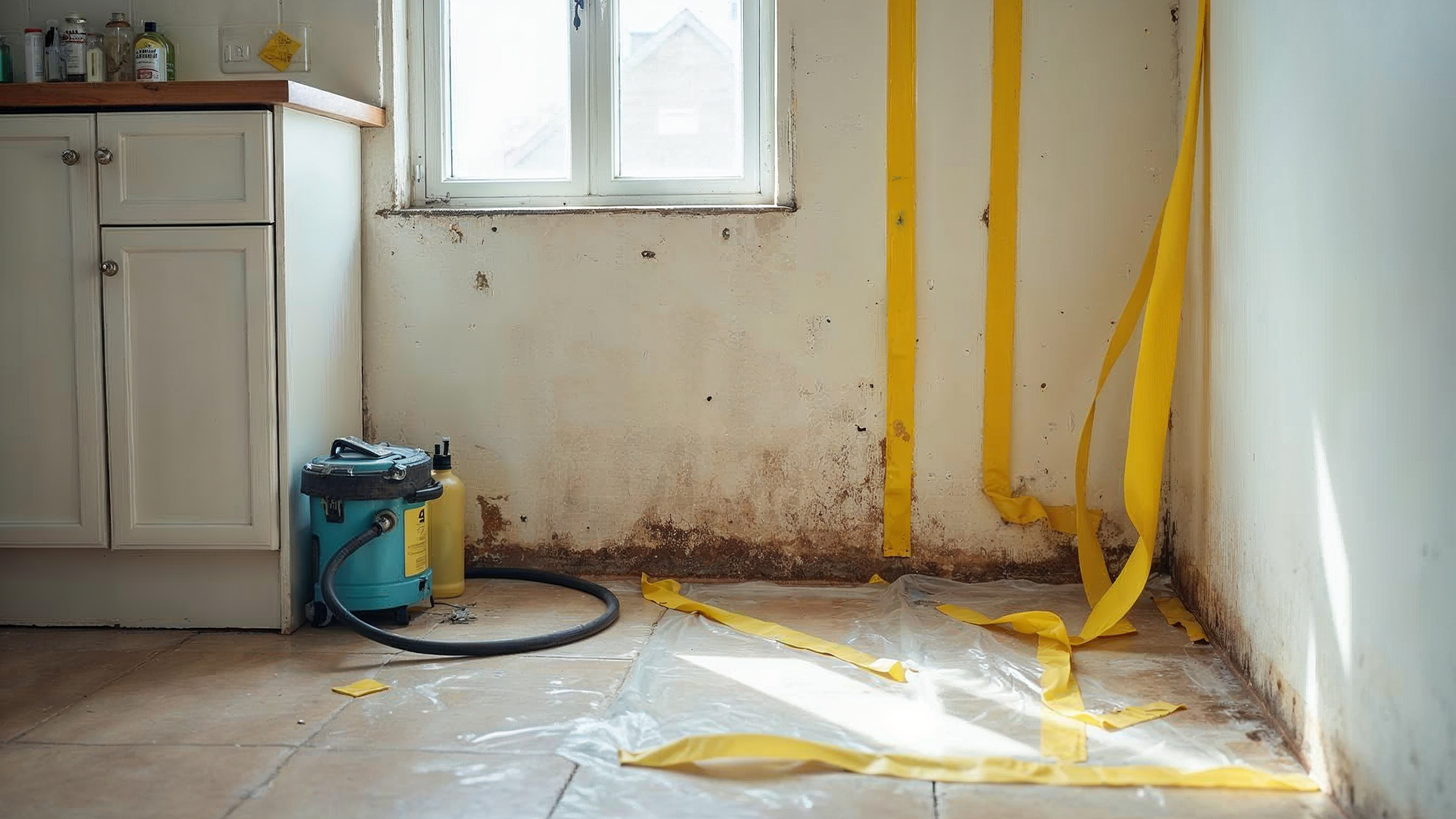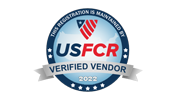Finding Mold and What to Do
If you were playing a game of hide-and-seek, mold would be the ultimate opponent. It can be found almost anywhere, often out of sight. Of course, that musty smell sometimes gives away mold’s location. No one is perfect, after all, but the point is that mold can be tricky to find. You may not even know you have mold until you or a loved one starts experiencing symptoms: nasal stuffiness, eye irritation, wheezing, skin irritation, etc. Still, many people write these symptoms off as seasonal allergies. That is until the seasons change and the symptoms stay.
How Mold Grows
Mold needs just three things to grow: moisture, food, and optimal temperature. Unfortunately for you, mold can find these conditions in more locations than you can probably imagine. While you expect to occasionally find mold in the basement, bathroom, or even your refrigerator, you may be surprised to learn that mold can often be found on ceiling tiles, underneath carpets and pads, inside ductwork, inside walls, behind wallpaper, around pipes, and around water heaters and clothes dryers. Of course, these are just a few areas you might not expect to find mold. It can be found anywhere with moisture, food, and the right temperature: ANYWHERE. Mold is really good at hiding. Fortunately, Advanced Disaster Recovery Inc. is really good at finding moisture that could lead to mold growth if left unaddressed.
Most of the time, mold will not even be visible. If you have visible mold the common opinion is that “a little bit won’t hurt you. This Common opinion is FALSE! If mold has reached the point where it is visible in your home, you have a pretty big problem. Consistent exposure to mold can have an extremely negative effect on one’s health as well as weaken the walls or ceilings in your building causing a safety hazard. Weak structures can be hard to spot and, most of time, can go unnoticed until it is too late. If mold is growing in your home or place of business, it needs to be safely removed by a qualified professional to ensure that it is completely gone with no further hazards.
WHAT CAN YOU DO?
Recognize the Hints
Though it can be difficult, recognizing the evidence mold leaves can be the best thing you can do.
The biggest hint that you have mold in your home is your nose. Mold has a particularly musty and pungent smell. Even if you aren’t sure what your smelling is mold, if your nose is telling you that it doesn’t smell right, you should call a qualified mold inspector for further investigation.
Another big hint is if you begin to have allergy-like symptoms (nasal stuffiness, eye irritation, wheezing, skin irritation, etc.) that doesn’t go away with allergy medication, you might want to call a mold inspector. A mold inspector will look to see if there is mold in your home. If you’ve recently experienced water damage, they’ll check the areas that were most affected before moving on to areas that are less likely but could still possibly have been damaged. The inspector will check not just on different surfaces in your home, but also behind your walls and in places like crawl spaces. If mold is found, it’s important to act fast since mold is notorious for spreading very quickly.
If the inspector delivers the bad news that you do, in fact, have mold growing in your home the best thing you can do is call a trained professional in mold remediation, like Advanced Disaster Recovery Inc.. They will use proper instruments and tricks to ensure that the mold is completely removed without further hazards.









